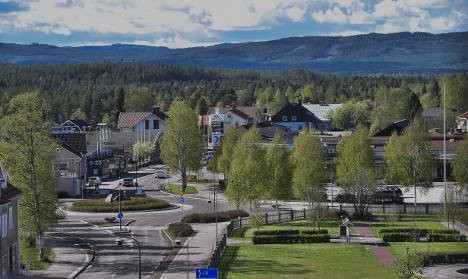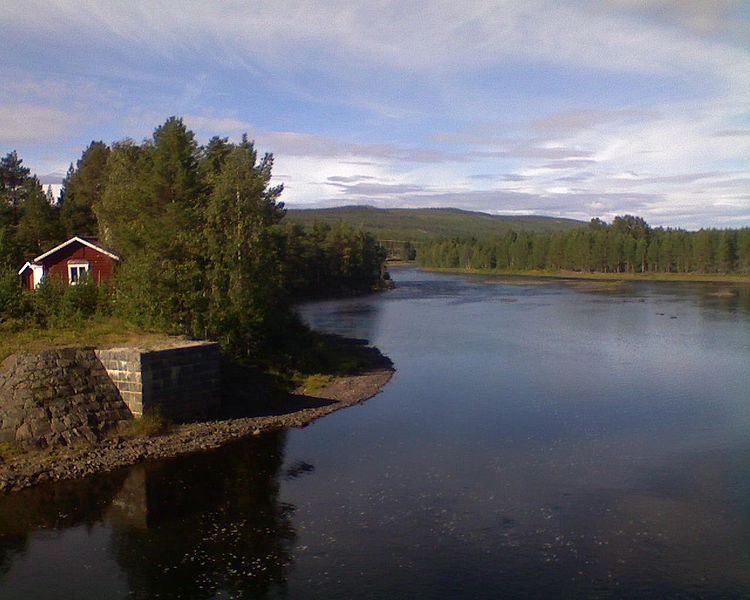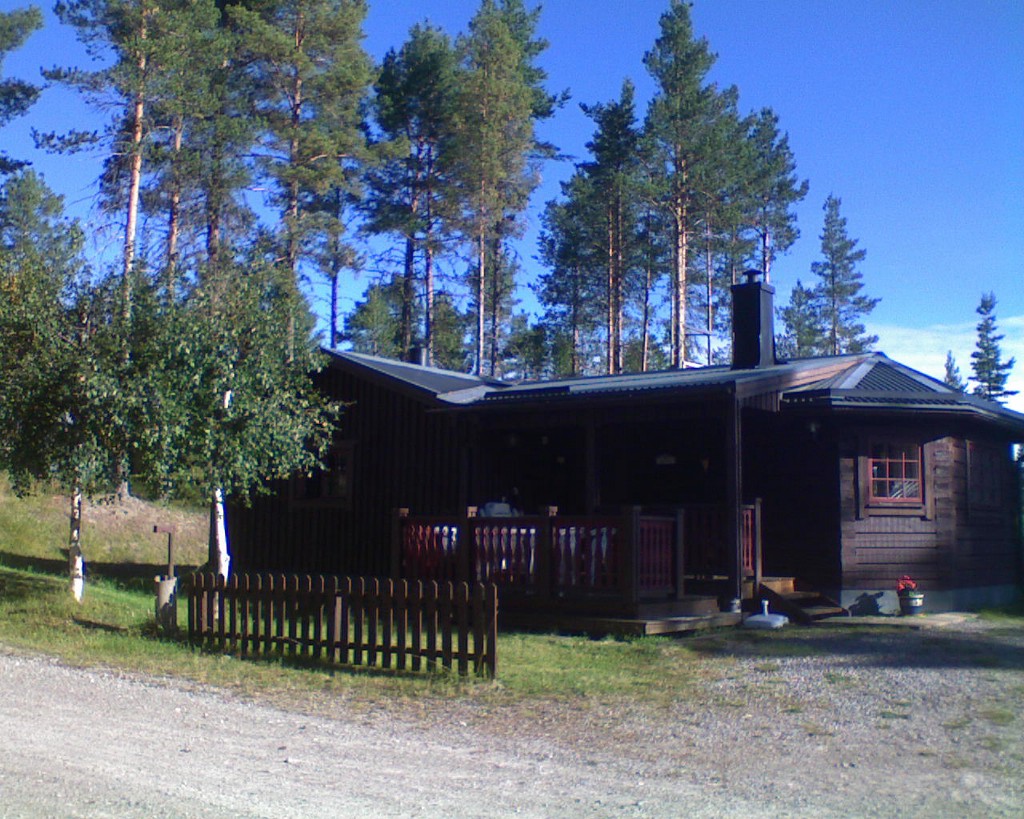The Isolated Swedish Community That Has Its Own Language
by k._thor_jensen, 8 years ago |
4 min read
Residents were still using runes 100 years ago.
It’s harder and harder to be truly isolated from the rest of the world. A few places still hold out — the primitive tribes of North Sentinel Island in the Bay of Bengal have managed to repulse visitors for centuries armed only with spears and stones, for example. But one enclave in northern Sweden managed to stay true to the old world long after the country around it grew. The misty valley of Älvdalen stands in stark contrast to the modernity of Stockholm, the country’s capital. Where the world’s perception of Sweden is a progressive, socially democratic country, that fades away once you get beyond the urban centers. The forests and mountains are home to rural communities that have been there from time immemorial, small villages dotted across forbidding but beautiful terrain.


✕
Do not show me this again
